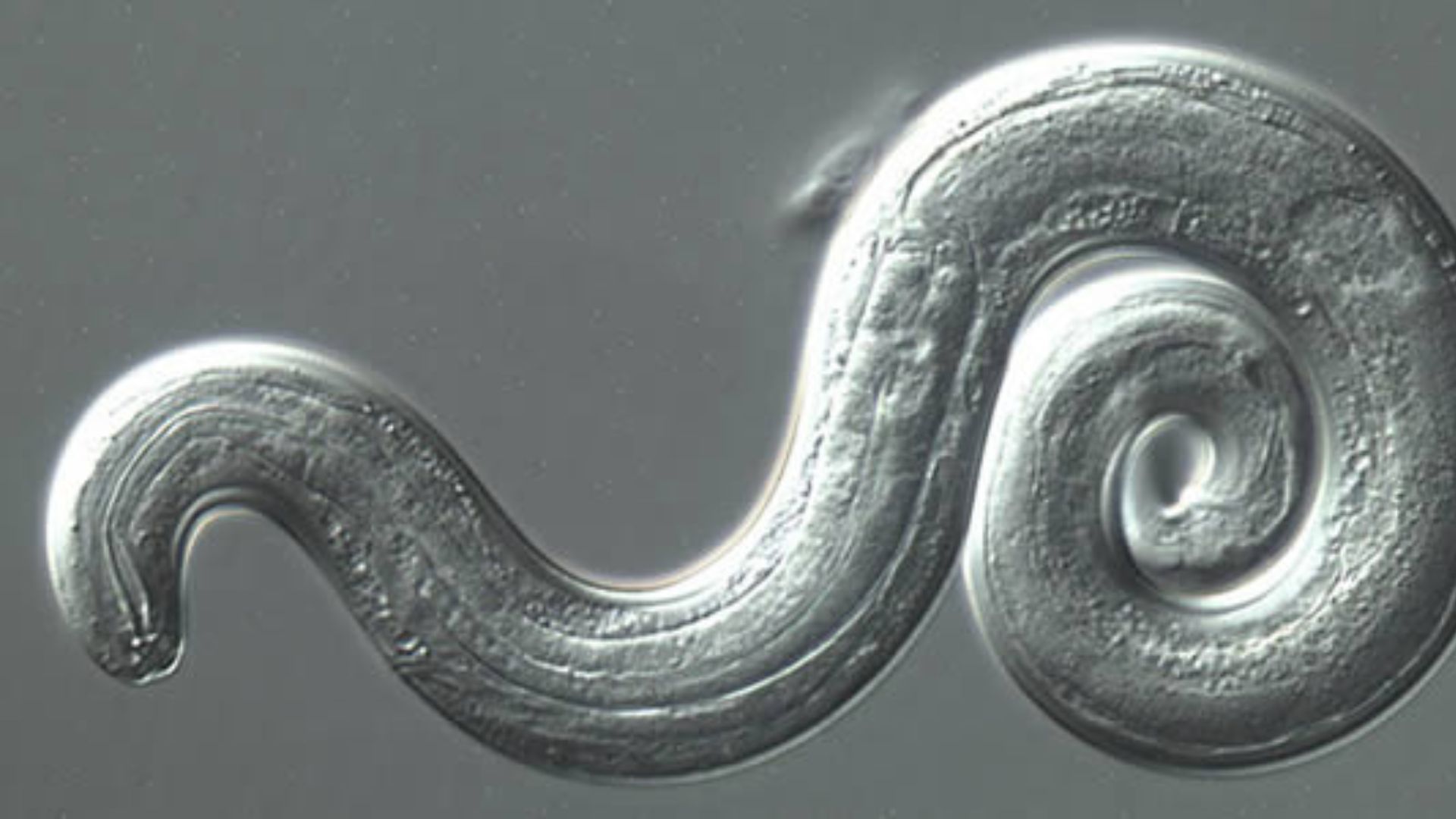Rat 'lungworm' that can invade the human brain found in Georgia rodents
A parasitic worm that infects rats has established a new population in Georgia after previously being found in other southeastern states.

A parasite that normally lives in the lungs of rats can infect the human brain if accidentally ingested in contaminated food — and now, the worm has claimed new territory in Georgia.
But don't freak out.
The parasite, called rat lungworm (Angiostrongylus cantonensis), mostly infects people in Southeast Asia and is also endemic to Hawaii and the Pacific Islands. Considered invasive in the continental U.S., the worm likely first reached the southeastern part of the country in the 1980s through rats arriving to New Orleans, Louisiana on trade ships. Since then, sporadic human cases of the infection have been reported in various states, including Texas, Tennessee and Alabama.
Now, in a study conducted between 2019 and 2022, researchers have uncovered lungworm in brown rats (Rattus norvegicus) in Atlanta, Georgia.
"Because A. cantonensis lungworm previously was identified in rats in neighboring states Florida and Alabama, A. cantonensis populations likely were in Georgia much earlier than 2019, when the first positive rat was identified in Atlanta," the researchers wrote in a report published in Emerging Infectious Diseases, a journal published by the Centers for Disease Control and Prevention (CDC). This "suggests that this zoonotic parasite was introduced to and has become established in a new area of the southeastern United States."
Related: Australia woman's brain invaded by parasitic worm that normally infects pythons
The team examined tissues from 33 brown rats found dead at a zoological facility in Atlanta between 2019 and 2022. Of the rats, seven, or about 21%, had roundworms in their hearts, pulmonary arteries and brain tissues. A genetic analysis confirmed that A. cantonensis was in four of these worm-ridden samples, and the genetic sequences perfectly matched those of lungworms previously collected in Louisiana.
Get the world’s most fascinating discoveries delivered straight to your inbox.
The remaining rats' worms could not be identified due to "insufficient sample quality and DNA degradation," the researchers noted. Because of that, other worm species couldn't be ruled out, but the rats did bear injuries indicative of A. cantonensis infections.
How can rat lungworms get into humans? The adult parasites live in rat lungs and only infect rats, but rats can pass the larvae of the parasites in their poop, according to the CDC. Snails and slugs can then become infected by eating the larvae, and by eating raw or undercooked snails or slugs, people can get infected in turn.
"People also can get infected by accident, by eating raw produce (such as lettuce) that contains a small snail or slug or part of one," the CDC cautions. Additional animals, such freshwater shrimp, crabs and frogs, can also be infected with the larvae and it's possible that eating these animals raw or undercooked could pose a risk to humans, but that's not well established.
Once in a person, the worm can cause a rare brain infection called eosinophilic meningitis, whose symptoms can include headache, stiff neck, tingling or painful feelings in the skin, low-grade fever, nausea and vomiting.
"Most infections of A. cantonensis resolve spontaneously over time without specific treatment because the parasite cannot survive for long in the human body," the CDC notes. "However, serious complications can rarely occur, leading to neurologic dysfunction or death."
The good news is that you can avoid this infection by being aware of where lungworms live and not ingesting raw or undercooked snails, slugs, freshwater shrimp, land crabs, frogs or monitor lizards or potentially contaminated veggies or juices, the CDC advises. Vegetables should be thoroughly washed if eaten raw.
This article is for informational purposes only and is not meant to offer medical advice.

Nicoletta Lanese is the health channel editor at Live Science and was previously a news editor and staff writer at the site. She holds a graduate certificate in science communication from UC Santa Cruz and degrees in neuroscience and dance from the University of Florida. Her work has appeared in The Scientist, Science News, the Mercury News, Mongabay and Stanford Medicine Magazine, among other outlets. Based in NYC, she also remains heavily involved in dance and performs in local choreographers' work.


